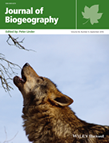Conservation and Evolutionary Genetics Group |
||||||||||
| HOME | PEOPLE | PROJECTS | PUBLICATIONS | RESOURCES | COURSES | JOB VACANCIES | NETWORKS | OUTREACH | CONTACT | |
|
Diversity and Conservation of Domestic and Wild Canids |
We study the evolution of wild and domestic canids, and their interactions on each other. This system is particularly interesting from many points of view. Dogs are the oldest domesticated species, and have a special relationship with humans so learning about the domestication and evolution of dogs also illuminates our own history and culture. Also, because all of the canids are capable of hybridizing. Human action has dramatically changed the distribution and/ or abundance of many canids, and is continuing to impact all wild species to one degree or another. This impacts the selective forces acting upon, and in some cases the survival, of many populations. By changing the distribution and abundance of canid species human intervention changes interspecific relationships which in some cases leads to hybridization and introgression. This can happen between wild and domestic canids, or between different species of wild canids. In most cases this has detrimental effects on the canid populations, but in some cases introgressed genes are positively selected for in another.
We use a variety of tools including ancient DNA, fecal DNA and genomics, among others, to study the evolutionary history of canids, including domestication, ecology, hybridization, introgression, population structure, speciation, and adaptation to different habitats.




There are a number of ongoing study lines focusing on different aspects of the evolution of canids using ecological genetics, genomics and ancient DNA, like:
- Distribution and diversity of wolves in Iberia
- Impact of hybridization with domestic dogs on the conservation of wild canids
- Changes in populations through time
- Genomics of selection
- Domestication
Some related peer-reviewed articles
|
Potential adaptive introgression from dogs into Iberian grey wolves (Canis lupus) | ||||
|
Demographic history shapes North American gray wolf genomic diversity and informs species’ conservation | ||||
|
Large variance in inbreeding within the Iberian wolf population | ||||
|
Loss of mitochondrial genetic diversity despite population growth: the legacy of past wolf population declines
| ||||
|
High investment into reproduction is associated with reduced lifespan in dogs
| ||||
|
Planned cull endangers Swedish wolf population
| ||||
|
Grey wolf genomic history reveals a dual ancestry of dogs
| ||||
|
Similar genomic proportions of copy number variation within gray wolves and modern dog breeds inferred from whole genome sequencing
| ||||
|
Defense of an expanded historical range for the Mexican Wolf: A comment on Heffelfinger et al.
| ||||
|
Wolf population genetics in Europe: a systematic review, meta-analysis and suggestions for conservation and management
| ||||
|
|
Fan Z, Silva P, Gronau I, Wang S, Serres Armero A, Schweizer RM, Ramirez O, Pollinger J, Galaverni M, Ortega Del-Vecchyo D, Du L, Zhang W, Zhang Z, Xing J, Vilŕ C, Marques-Bonet T, Godinho R, Yue B, Wayne RK (2016) Worldwide patterns of genomic variation and admixture in gray wolves. Genome Research 26 (2): 163-173. doi: 10.1101/gr.197517.115 Link
Freedman AH, Schweizer RM, Ortega-Del Vecchyo D, Han E, Davis BW, Gronau I, Silva PM, Galaverni M, Fan Z, Marx P, Lorente-Galdos B, Ramirez O, Hormozdiari F, Alkan C, Vilŕ C, Squire K, Geffen E, Kusak J, Boyko AR, Parker HG, Lee C, Tadigotla V, Siepel A, Bustamante CD, Harkins TT, Nelson SF, Marques-Bonet T, Ostrander EA, Wayne RK, Novembre J (2016) Demographically-based evaluation of genomic regions under selection in domestic dogs. PLoS Genetics 12(3): e1005851. doi:10.1371/journal.pgen.1005851 Link
de Groot GA, Nowak C, Skrbinšek T, Andersen LW, Aspi J, Fumagalli L, Godinho R, Harms V, Jansman HAH, Liberg O, Marucco F, Myslajek RW, Nowak S, Pilot M, Randi E, Reinhardt I, Smietana W, Szewczyk M, Taberlet P, Vilŕ C, Muńoz-Fuentes V (2016) Decades of population genetic research reveal the need for harmonization of molecular markers: the grey wolf Canis lupus as a case study. Mammal Review 46: 44-59. DOI: 10.1111/mam.12052
Koepfli K-P, Pollinge J, Godinho R, Robinson J, Lea A, Hendricks S, Schweizer RM, Thalmann O, Silva P, Fan Z, Yurchenko AA, Dobrynin P, Makunin A, Cahill JA, Shapiro B, Álvares F, Brito JC, Geffen E, Leonard JA, Helgen KM, Johnson WE, O’Brien SJ, Van Valkenburgh B, Wayne RK (2015) Genome-wide evidence reveals that African and Eurasian golden jackals are distinct species. Current Biology 25: 2158-2165. DOI: http://dx.doi.org/10.1016/j.cub.2015.06.060

Muńoz-Fuentes V, Marcet-Ortega M, Alkorta-Aranburu G, Linde Forsberg C, Morrell JM, Manzano-Piedras E, Söderberg A, Daniel K, Villalba A, Toth A, Di Rienzo A, Rogi I, Vilŕ C (2015) Strong
artificial selection in domestic mammals did not result in an increased recombination rate. Molecular Biology and Evolution 32(2): 510-523.

Supporting information
Journal Cover
Freedman AH, Gronau I, Schweizer RM, Ortega-Del Vecchyo D, Han E, Silva PM, Galaverni M, Fan Z, Marx P, Lorente-Galdos B, Beale H, Ramirez O, Hormozdiari F, Alkan C, Vilŕ C, Squire K, Geffen E, Kusak J, Boyko AR, Parker HG, Lee C, Tadigotla V, Siepel A, Bustamante CD, Harkins TT, Nelson SF, Ostrander EA, Marques-Bonet T, Wayne RK, Novembre J. (2014) Genome sequencing highlights the dynamic early history of dogs. PLoS Genetics 10(1): e1004016. Link
Baranowska Körberg I, Sundström E, Meadows JRS, Rosengren Pielberg G, Gustafson U, Hedhammar A, Karlsson EK, Seddon J, Söderberg A, Vilŕ C, Zhang X, Akesson M, Lindblad-Toh K, Andersson G, Andersson L (2014) A simple repeat polymorphism in the MITF-M promoter is a key regulator of white spotting in dogs. PLoS ONE 9: e104363. Link
Byrd BF, Cornellas A, Eerkens JW, Rosenthal JS, Carpenter TR, Leventhal A, Leonard JA (2013) The role of canids in ritual and domestic contexts: new ancient DNA insights from complex hunter-gatherer sites in prehistoric Central California. Journal of Archaeological Science 40: 2176-2189

Thalmann O, B Shapiro, P Cui, VJ Schuenemann, SK Sawyer, DL Greenfield, MB Germonpré, MV Sablin, F Lopez-Giraldez, X Domingo-Roura, H Napierala, H-P Uerpmann, DM Loponte, AA Acosta, L Giemsch, RW Schmitz, B Worthington, JE Buikstra, A Druzhkova, AS Graphodatsky, ND Ovodov, N Wahlberg, AH Freedman, RM Schweizer, K-P Koepfli, JA Leonard, M Meyer, J Krause, S Pääbo, RE Green, RK Wayne (2013)
Complete mitochondrial genomes of ancient canids suggest a European origin of domestic dogs. Science 342: 871-874
(Highlighted in Science)

Druzhkova AS, Thalmann O, Trifonov VA, Leonard JA, Vorobieva NV, Ovodov ND, Graphodatsky AS, Wayne RK (2013) Ancient DNA analysis affirms the canid from Altai as a primitive dog. PLoS ONE 8 (3): e57754. Link
Losey RJ, Garvie-Lok S, Leonard JA, Katzenberg MA, Germonpré M, Nomokonova T, Sablin MV, Goriunova OI, Berdnikova EN, Savelev NA (2013) Burying dogs in ancient cis-Baikal, Siberia: Temporal trends and relationships with human diet and subsistence practices. PLoS ONE 8 (5): e63740 Link
Koblmüller S, Wayne RK, Leonard JA (2012) Impact of Quaternary climatic changes and interspecific competition on the demographic history of a highly mobile generalist carnivore, the coyote. Biology Letters 8 (4), 644-647

Larson G, Karlsson EK, Perri A, Webster MT, Ho SYW, Peters J, Stahl PW, Piper PJ, Lingaas F, Fredholm M, Comstock KE, Modiano JF, Schelling C, Agoulnik AI, Leegwater PA, Dobney K, Vigne J-D, Vilŕ C, Andersson L, Lindblad-Toh K (2012) Rethinking dog domestication by integrating genetics, archeology, and biogeography. Proc. Natl. Acad. Sci. USA 109 (23), 8878-8883

Castroviejo-Fisher S, Skoglund P, Valadez R, Vilŕ C, Leonard JA(2011) Vanishing native American dog lineages. BMC Evolutionary Biology 11, 73 Link
Losey RJ, Bazaliiskii VI, Garvie-Lok S, Germonpré M, Leonard JA, Allen AL, Katzenberg MA, Sablin MV (2011) Canids as persons: Early Neolithic dog and wolf burials, Cis-Baikal, Siberia. Journal of Anthropological Archaeology 30, 174-189

Muńoz-Fuentes V, Di Rienzo A, Vilŕ C (2011) Prdm9, a major determinant of meiotic recombination hotspots, is not functional in dogs and their wild relatives, wolves and coyotes. PLoS ONE 6, e25498.
 Recomended by Faculty of 1000 (F1000)
Link
Recomended by Faculty of 1000 (F1000)
Link
Sastre N, Vilŕ C, Salinas M, Bologov VV, Urios V, Sánchez A, Francino O, Ramírez O (2011) Signatures of demographic bottlenecks in European wolf populations. Conservation Genetics 12, 701-712

Vaysse A, Ratnakumar A, Derrien T, Axelsson E, Rosengren Pielberg G, Sigurdsson S, Fall T, Seppälä EH, Hansen MST, Lawley CT, Karlsson EK, The LUPA Consortium, Bannasch D, Vilŕ C, Lohi H, Galibert F, Fredholm M, Häggström J, Hedhammar A, André C, Lindblad-Toh K, Hitte C, Webster MT (2011) Identification of genomic regions associated with phenotypic variation between dog breeds using selection mapping. PloS Genetics 7,10 Link
Muńoz-Fuentes V, Darimont CT,Paquet P, Leonard JA (2010) The genetic legacy of extirpation and re-colonization in Vancouver Island wolves. Conservation Genetics 11, 547-556

News coverage | ||
Introgresion potencialmente adaptativa de perros en lobos de la Península Ibérica (Canis lupus)
Nota de prensa CSIC, "Los lobos ibéricos tendrían una naturaleza única resultado de la hibridación con perros en el pasado"
|
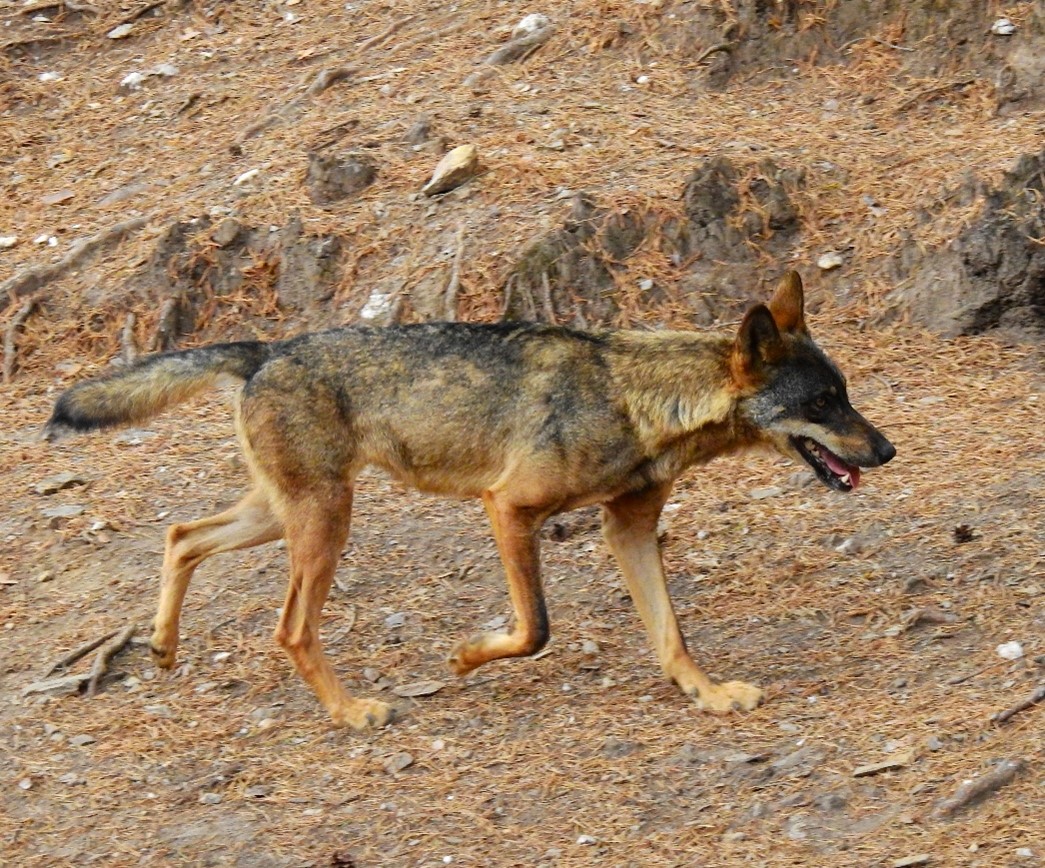 Iberian wolf Image credit: Isabel Salado |
|
Iberian wolves are losing genetic diversity despite an increasing population
Several Spanish newspapers spreaded the main findings that Isabel Salado and colleagues about the poor genetic diversity of the Iberian wolf population despite its population increase. For example:
|
From Salado I et al. (2023) Genes 14(1), 75 |
|
Non-invasive genetic monitoring of a wolf population
Isabel Salado tells us about the non-invasive genetic monitoring of a wolf population that she and her colleages performed during autumn of 2020.
|
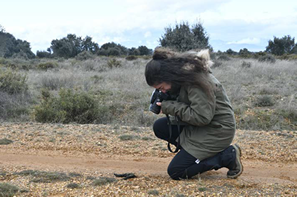 |
|
Wolf conservation El Pais [Spanish newspaper] February 2021
|
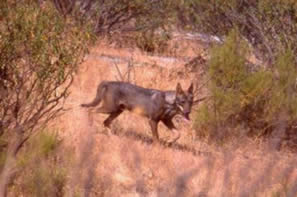 |
|
Wolf conservation El Periódico [Spanish newspaper] February 2021
|
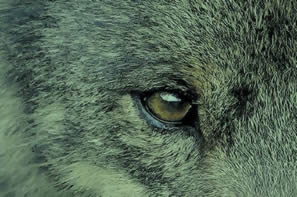 |
|
Wolf conservation National Geographic Italia 2017
|
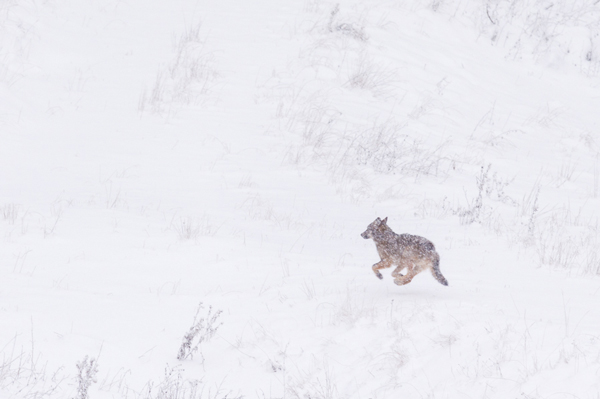 Photo by Silvano Paiola Photo by Silvano Paiola |
|
Origin of North America's wolves BBC 2016
|
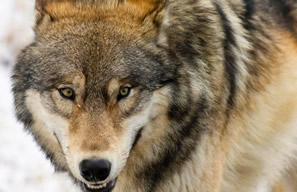 Photo by Mark Miller/Alamy Photo by Mark Miller/Alamy |
|
Early history of dogs | 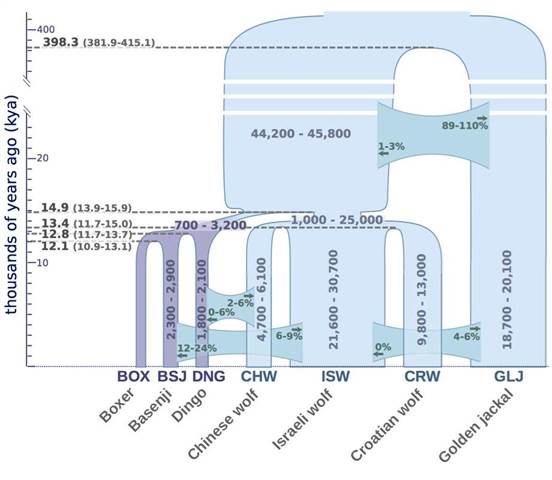 |
|
European origin of domestic dogs Science 2013,
Nature 2013,
International Bussiness Times 2013,
|
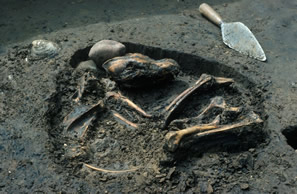 Photo by Del Baston/Center for American Archaeology Photo by Del Baston/Center for American Archaeology |
|
Dogs, not wolves, eating sheep The Economist 2009,
La Buvette des Alpages (French newspaper) 2009,
|
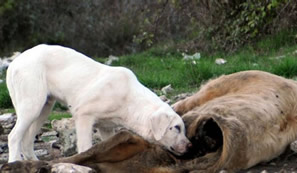 |
|
Black Gene in Wolves
Science 2009
Los Angeles Times 2009,
New York Times 2009,
NBC News 2009,
|
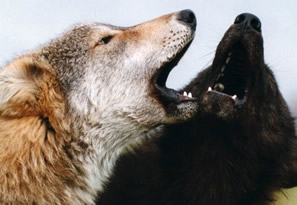 Monty Sloan Monty Sloan |
|
Qué fue de los lobos de Beringia, Excelenciencia 2015/03/19 [In Spanish] |
||
|
© 2025 CONSEVOL |

